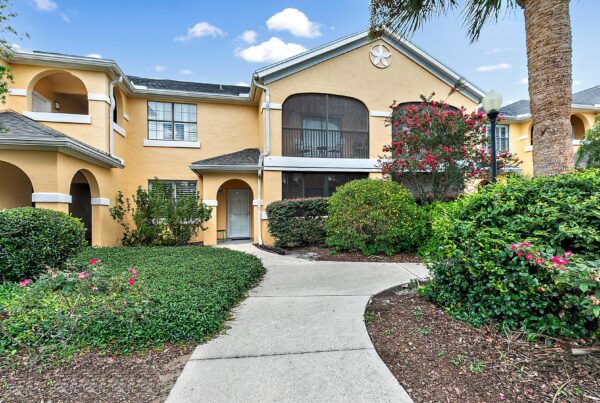A Guide to Renovating and Revitalizing a Neglected House
Purchasing a fixer-upper house can be a rewarding endeavor for those seeking to create a personalized living space or make a sound investment. While the prospect of renovating a dilapidated property may seem daunting, careful planning, resourceful decision-making, and skilled execution can lead to a successful transformation. Here we will provide an overview of the key steps involved in fixing up a fixer-upper house, from assessing the property’s condition to executing renovations and achieving a revitalized living space.
Assessment and Planning:
The first crucial step in fixing up a fixer-upper is to assess the property’s condition comprehensively. Conduct a thorough inspection to identify structural issues, water damage, electrical and plumbing problems, and any other areas that need attention. Once you have a clear understanding of the scope of work, create a detailed renovation plan. Prioritize tasks, set a budget, and establish a timeline for completing the renovations.
Budget Management:
Developing a realistic budget is essential to ensure that the renovation process remains financially feasible. Allocate funds for essential repairs and allocate a portion for unforeseen expenses that may arise during the renovation process. Research the costs of materials, labor, and permits to create an accurate budget estimate. One of our Senior Buyer Specialists, Katie Benza, says, “the hardest challenges these days with fixer uppers are two things: the cost of materials and keeping good quality contractors that show up every day. We have to be very cognizant of getting money off the price to “buy our value.”
Renovation Priorities:
Address structural issues, such as foundation problems, roof leaks, and faulty electrical systems, before focusing on cosmetic improvements. Fixing these underlying issues will provide a stable foundation for future enhancements.
DIY vs. Professional Help:
Decide which tasks you can tackle yourself and which require professional expertise. While some cosmetic upgrades like painting and landscaping may be manageable for DIY enthusiasts, complex structural repairs and intricate installations should be entrusted to skilled contractors.
Sustainability and Energy Efficiency:
Take advantage of the renovation process to incorporate sustainable and energy-efficient features. Upgrade insulation, windows, and doors to enhance energy efficiency. Install low-flow fixtures and energy-efficient appliances to reduce utility bills and minimize the home’s environmental impact.
Creative Design and Aesthetics:
Consider the overall design and aesthetics of the house. Opt for a cohesive design theme that reflects your personal style. Repurpose existing materials where possible to add character and reduce costs. Balance functionality and aesthetics to create a comfortable and visually appealing living space.
Safety and Compliance:
Adhere to local building codes and regulations throughout the renovation process. Obtain the necessary permits before commencing work to avoid legal complications. Prioritize safety by implementing proper construction practices and using appropriate protective gear.
Fixing up a fixer-upper house requires dedication, careful planning, and a willingness to invest time and resources. By approaching the renovation process systematically, addressing structural concerns, embracing sustainability, and infusing creative design, you can transform a neglected property into a cherished and revitalized home. The journey may be challenging, but the satisfaction of witnessing a once-dilapidated house become a comfortable and attractive living space makes every effort worthwhile.
Buying or Selling in Northeast Florida?
And if you’re looking to buy or sell a home in Northeast Florida, you’ve come to the right place. Here at the Welch Team, we specialize in helping homeowners sell their properties and find the homes of their dreams. Contact us today to learn more!





